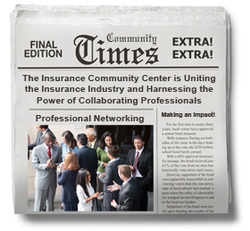|
It's appealing to buy a new car that looks great and is fun to drive, but it also pays to look beneath the surface for features that make your vehicle safe to drive and affordable to insure.
Car insurance costs are based, in part, on the model's safety history, the cost of vehicle repair or replacement, and the likelihood that the car will be stolen. Many insurers offer discounts for vehicles with features that reduce the risk of accidents and injuries. Here are five tips to consider when shopping for a new car: 1. Find Out the Cost of Insurance Your insurance rates typically change when you acquire a new vehicle. Before you choose a model, the nonprofit Insurance Information Institute recommends that you ask your insurance rep how much it will cost to insure.1 If you choose a sporty model that attracts buyers who enjoy driving fast, it will likely cost more to insure. If the car you pick is very expensive, it will be costly to repair or replace, and that will drive up insurance costs. A model that's often targeted by car thieves may also cost more to insure. 2. Look for Safety Technology One of the best things about buying a new car is all the new devices that have been developed in recent years to help drivers avoid accidents. Advanced safety features can include:
3. Consider Vehicle Design and Size Design characteristics are important when choosing a new car. Larger and heavier vehicles typically sustain less damage in auto crashes than small cars. Some small utility vehicles and pickups are prone to rollover accidents. In addition to considering size, look for cars that have “crashworthy" designs. These cars have strong “safety cages," the section of the vehicle that protects the occupants. Make sure that the front and rear ends are “crush zones" that can absorb the impact of crashes. You can look up car safety rankings by using the Insurance Institute for Highway Safety's online safety rankings tool. 4. Get Pre-Approved for a Car Loan it is recommended that you get pre-approved for a car loan before you begin shopping for a new car. Check with several lenders to get the lowest interest rate. Once you have loan approval, you'll know how much you can afford to spend. You'll also have an interest rate you can use to compare with those offered by the new car dealer's financing. In some cases, the dealer may offer the best financing deal. Before you begin shopping for a loan, gather documents to verify your income and the balances of any debts you may have. 5. Negotiate the Best Price A good negotiator usually can get a better deal than someone who simply agrees to pay what the dealer is asking. Dealers may price their cars higher than the amount they actually expect to receive in preparation for negotiations. If you take time to research prices online before you visit a dealership, you'll have a better idea of what a competitively priced car should cost. Often, the best time to buy is during end-of-the-year sales, when dealers need to make room for newer models, notes the Las Vegas Review-Journal. Negotiate the actual price of the car rather than the monthly payment. Focusing on payments makes it easy to lose sight of the full amount you'll be paying over time, says Autotrader. If you can't get the price you want, don't be afraid to walk away. Remember there's always another car.
0 Comments
Unfortunately, car break-ins happen, but you can take steps to minimize your risk and keep your vehicle and belongings safe.
By taking a few minutes to review these tips now, you could avoid the hassle of repairing (or replacing) your car later. Here are 10 smart ways to keep your vehicle safe from theft. Don’t Make a Break-In Easy
Plan Ahead (Even in Your Neighborhood)
Hide What’s Important
What to Do After a Crime If you’re the victim of a vehicle break-in or theft, take photos of the damage, file a police report and reach out for help filing an insurance claim. We can also help you be more proactive. Get in touch to learn about additional coverage for your vehicle or home. Technology has helped to change auto theft in significant ways. Engine immobilizers, audible alarms and vehicle recovery systems have made cars harder to steal and easier to recover. Today’s thefts are often the product of opportunity, with would-be thieves looking for unsuspecting drivers who leave their cars unattended. While motor vehicle theft rates have declined 42% over the past decade,¹ a car is still stolen every 44 seconds in the United States.² Between 40-50% of thefts are due to driver error,³ including doors that are left unlocked or keys that are left in plain sight. In order to help protect your vehicle from a crime of opportunity, you need to take some preliminary steps to slow down any potential thieves. Try to avoid parking in places where a thief will have time to bypass the ignition system. And even if you are running a quick errand, always lock and set the alarm on your car. Be sure to bring inviting items, including your keys, phone, GPS, laptop, and wallet with you, or stow them out of sight. Stow Valuables Before You Park Many thieves watch parking lots looking for people who leave valuables in their cars. Stow valuables out of sight before you park so not to attract the attention of thieves. Park in Plain Sight Always remember to park your car in a safe and visible location. Thieves will act even in broad daylight if they can find cover. Look for well-lit areas and open, unblocked spaces when you park. Do Not Leave Your Vehicle Unattended While Idling Even if you are just making a brief stop, always take your keys with you. Thieves tend to frequent convenience store parking lots and gas stations, where people may leave their cars running and keys in the ignition. During cold weather, it might be tempting to let your vehicle idle to warm up. This makes an inviting target for car thieves. Hide All Electronic Cords Avoid unintentional visual tips for thieves, which include leaving chargers for phones and gadgets as well as holsters for navigational equipment in plain sight. Take Precautions and Make Tracing Your Car Easier When leaving your car, lock all doors, roll up the windows and remove the keys. If you have one, activate the alarm and set the parking brake. Install wheel locks to prevent theft of wheels and tires. Consider an after-market steering wheel/brake lock if you are in a high-crime area. Having your vehicle’s VIN etched on all windows can also help deter thieves. If You Believe Your Car was Stolen:
We never expect to get in a car accident. And even though accidents are common, they feel like a big deal when they happen to us.
It’s natural to experience shock, anger, fear and other emotions in the moment and after the fact. But, preparing in advance can help make a collision more manageable. If you're ever involved in a car accident, taking these six steps can help you better handle the experience. Step 1: Make sure no one is hurt. Call 911 if you, another driver, any passengers or any bystanders need immediate medical attention. Step 2: Keep everyone safe. The accident scene can be a hazard for other drivers. If the collision is minor, move the vehicles to the side of the road or the nearest parking lot. If the accident is major, carefully exit your car and walk to a safe place. Step 3: Call the police. Ideally, law enforcement will come to the scene quickly and take an official report. However, the local police department may not have the resources to respond to a minor accident, in which case you can file a police report yourself later. Step 4: Gather necessary information. Use your phone's camera or a pen and paper to note the other driver's name, address, phone number and insurance information. Record the other vehicle's license plate, vehicle identification number, make and model. Step 5: Document the accident. Take photos, videos and voice recordings to capture vehicle damage, road conditions and any details you remember about the events leading up to the crash. Step 6: File a claim. Get in touch as soon as possible to get your claim started. We can work to get your car repaired or replaced and minimize the disruption to your life. Reach out if you have questions about your accident coverage or anything else. How clean is your car? If you don’t wash it regularly, you could end up with costly maintenance and safety issues.
You might occasionally run your vehicle through a car wash. But there are benefits to doing the job yourself — including preserving the paint and being able to get into every nook and cranny. Ready to get started? Follow these five tips to wash your car thoroughly and correctly.
When you ask, “Should I lease a car?” you likely hear one of two words: "Do" or "Don't.’
That makes it difficult to decipher the pros and cons of leasing a vehicle. The answer to the question, like many financial decisions, depends on a host of individual details including price, terms, driving record, insurance history and more. Misinformation and even some long-held biases on the pros and cons of leasing add to the confusion. But leasing a car makes sense for many people. Are you among them? The best way to judge is to understand the pros and cons of leasing a car, how leasing a car works and what insider tips for leasing a car might help you get the best deal. Here are some of the particulars you might consider: What Is a Car Lease? You'll often hear car leasing likened to apartment leasing. There are plentiful similarities. When you lease a car or an apartment, you lease the property for a specific amount of time. You and the property owner have a mutual understanding that the assets will be returned in good condition. Yet there are significant differences between leasing a car and leasing property or even other equipment. Many car lease agreements last two to three years and often allow you to purchase the car at the end of the term. Car lease agreements limit the number of miles the vehicle can be driven annually, generally between 12,000 to 15,000 miles. Those that exceed the agreed upon mileage are often responsible for paying 10 to 25 cents per mile. You may be able to increase the number of miles you can drive without a per-mile penalty, but the cost can be steep.1 How to Lease a Car On the surface, it's easy to understand how leasing a car works. Review car dealership websites. Then call or visit the dealership. That's how you'll find lease specials and selections. One major difference between shopping for a traditional car loan and a lease is what you'd focus your energy on. With a traditional purchase, getting the lowest sale price is typically the goal, as that price, combined with the annual percentage rate (APR) of your loan’s interest as well as taxes on the vehicle, will be spread out over the course of a multi-year loan When leasing, your energy is better spent trying to determine the lowest possible payment, including all taxes and fees,2 since the term of the lease is typically shorter than a car loan term. Shop at different dealerships before you select a car to lease, just as you would if you bought a car. One tip: Don't forget to ask for all lease terms, from each dealership, in writing so that you can compare all fees, prices and terms. Why Do People Lease Cars? Some people choose to lease a car because it allows them to drive higher-end cars for a more affordable monthly payment. Plus, a two- to three-year car lease allows drivers to easily and frequently upgrade their rides. Of course, not everyone leases because they want luxury wheels. Lower down payments, warranties, and free routine maintenance are among the benefits lease customers often receive. Another bonus is that depreciation of the car is deducted from the total lease cost you pay. And some who end their lease find the car is more highly valued than predicted. That may entitle the lease owner to a payout or credit.3 An easy way to determine if you might be entitled to a payout or credit would be to evaluate your vehicle's value online and compare that value to your payoff amount. If your car is worth more than your payoff, you may want to discuss this issue with the dealership, to find out if you may be due some cash. Many dealerships also offer leases for used cars. Those are usually certified preowned (CPO) cars. Those cars are generally newer, have low mileage and were inspected and repaired or refurbished. What Are Some of the Downside of Car Leases? The obvious downside to leasing a car is that you don't own the car at the end of the lease. That means you don't have a trade-in if you decide to purchase a car. Those that routinely lease cars over many years may pay more money than they would if they had initially bought the car. Another thing to consider: You can break an auto lease, but it will likely cost you a hefty fee. Yes, you can sign a long-term lease, but that may negate the monetary benefits of leasing instead of buying a car. That’s because leasing typically costs you more than what you might have taken out in a long-term car loan. You’ll want to do the math to figure out if the numbers work in your favor to sign a long-term lease. Should I Buy My Leased Car? Just as you consider many factors when you lease a car, you need to analyze the costs and benefits of buying the car at the end of the lease. First, do you like the car? Do you enjoy driving it and does it suit your needs? That may seem like a funny question but consider your lifestyle. If you leased a small, compact car so you can easily maneuver through traffic, for example, and are moving to a rural area where you may need a vehicle that has sturdier road handling capabilities, you may find the compact car unsuitable for your new location. On the other hand, you may not want to drive a large SUV if you are moving to a congested urban area. Are you happy with the car's performance? Do you find gas mileage is reasonable? Is the car always in the shop for warranty work? Analyze how much the car's upkeep will cost you if you do buy it. If you decide the leased car is the one you want to buy, look at the residual value. How much is the car worth and how much would you pay to get out of your lease before it expires?4 There are various strategies to save money when buying your leased car, including financing through your bank or working directly with the lender (the creditor that owns the car). If you decide to buy the leased car, explore all options. As with most personal financial decisions, the pros and cons of leasing a car come down to a host of individual factors. Analyze your needs and budget and then shop to make sure you make the right decision for you. Do you know how damaging potholes can be?
Unfortunately, this common road hazard can potentially send your vehicle to the repair shop. Here’s what to know if you ever find yourself dealing with pothole problems. Plus: Find out how you might be able to avoid them in the first place. What kind of damage can a bad pothole cause?
Thinking of filing a pothole damage claim? Your policy may cover pothole damage, but such a claim is likely to be considered a single-car accident, which means the fault gets assigned to you. Having an at-fault accident on your record could cause your rates to go up. Before you file a claim, check your deductible to see if the cost of repair will exceed your out-of-pocket amount. If not, there’s no benefit to filing a claim. Not sure what to do? Reach out to us for help weighing your options. How can you avoid pothole damage? Pothole season may be unavoidable, but that doesn’t mean potholes themselves can’t be avoided. Here are a few tips for preventing pothole damage:
Have questions about pothole damage claims or your policy in general? Reach out today. The economic shifts resulting from the COVID-19 pandemic likely mean that your business has changed; it may have shrunk or grown substantially since the onset. This may mean changes in operations, staffing and transportation schedules, all of which may change again as social distancing restrictions ease and your business returns to a new normal. Whether you transport cargo or have employees driving regularly for work, some adjustments are likely as you respond to the crisis and adapt to new ways of doing business.
Engaged Employees One of the most important things you can do is to engage your employees in the process of restoring operations. Review employee standard operating procedures (SOP). As needed, update procedures, including your employee handbook. Provide training to employee groups on new SOP and include supervisors in the training. Reinforce any new SOP through ongoing supervisory communication and utilize existing corrective action programs to ensure compliance. Consider organizing a COVID response committee, which can help connect management and employees to gather feedback on coordinating both reopening and future concerns. Your Facility Before operations ramp up, make sure you review any instructions or requirements from state or local authorities that may be applicable to your business. If reopening, you may want to consider a thorough disinfection of your facility and any tools, vehicles or equipment that are used by your employees. Be sure to include desks, washrooms and break rooms. Product to be delivered may need to be sanitized as well. Consider establishing a program to continue an ongoing cleaning and disinfecting process. Consider a process for wellness checks and procedures for employees reporting or displaying signs of illness. Work with legal counsel to make sure you are complying with laws and regulations related to employees' health and privacy. Develop social distancing and personal protective equipment (PPE) policies, taking into consideration state and local public health guidance and overall employee safety. Consider limiting visitors to your facility. Driving and Transportation Just as it is important to disinfect your facility, be sure to clean and disinfect all vehicles. This includes cleaning between shifts and drivers. Make disinfecting supplies available to your drivers and vehicle maintenance staff, and stock these supplies in every vehicle. Your pool of drivers has likely changed since the onset of the COVID-19 pandemic. If commercial drivers were furloughed or laid off, review the hiring requirements from the Federal Motor Carrier Safety Administration (FMCSA) to determine if new applications or drug and alcohol testing are required. Many organizations are revisiting hiring decisions made during the COVID-19 pandemic to ensure new drivers meet company hiring standards. Carefully review staffing levels as your operational pace increases. While it may be tempting to try to do more with fewer drivers, over time, fatigued drivers can lead to increased motor vehicle crashes and workplace injuries. Customer or Delivery Sites Coordinate safe work practices with your customers before beginning deliveries. Ask about changes to delivery procedures or physical controls at locations where you make deliveries. Work with each customer and supplier to establish a new practice that can help limit contact between delivery employees and customers' employees. For example, delivery employees may need access to a safe waiting area or restrooms within a customer's facility. Also, there will likely be a shift to e-signatures over wet signatures for delivery confirmations. Make sure employees are trained in new delivery practices. Other Considerations Review routine activities, such as updates to licensing, certification renewals or medical screenings, that may not have been completed as normally required. Revisit any scheduled training or maintenance on vehicles or equipment that may have lapsed.  Dog Car Safety: What Are the Safest Cars for Dogs? For dog owners, our furry friends are often considered members of the family. While many cars & trucks can be suitable for the needs of dog owners, there are some important things to keep in mind to ensure that driving with a dog goes safely and smoothly. In general, dog owners should look for key features such as a spacious interior, seats that can handle the wear & tear, and ample cargo space to store not only your luggage but your pet's stuff in the event of a road trip. Here are some picks worth considering. Dog Safety Considerations
|
better Insurance
|
-
HOME
- Send me a Home Insurance Quote >
- FLOOD Insurance, Massachusetts >
- Cape Cod Home Insurance
- Pay Your Home Insurance Bill Online
- Ordinance or Law Coverage
- How to Prevent a Claim on your Home Insurance Policy
- Videos - Cape Cod Real Estate Tips >
- Cape Cod Massachusetts Arbella Insurance Discounts
- Cape Cod Massachusetts Lloyds of London Home Insurance
- Safety Insurance Discounts for Cape Cod, Massachusetts
- MPIUA - MA Property Insurance Underwriting Association "Fair Plan"
- Cape Cod Massachusetts Home Protection Insurance
- Hurricane Preparedness >
-
AUTO
- Send me an Auto Insurance Quote for Cape Cod, Massachusetts
- BOAT Insurance >
- Cape Cod, MA Dept. of Motor Vehicles
- Cape Cod Massachusetts - Report an Auto Insurance Claim
- Auto Insurance Quote - CAR BUYING TIPS : Auto Insurance for Cape Cod, MA
- InControl Driver Training
- Car Insurance for Cape Cod Massachusetts - Arbella Insurance - Send me an Auto Quote >
- Plymouth Rock - Send me an Auto Quote >
- Encompass Insurance Discounts
- Safety Insurance - Send me an Auto Quote >
- Travelers Insurance Discounts
- Progressive Insurance - Send me an Auto Quote
- LIFE
- OFFICES
- ABOUT US
- Stay Home
- Home Insurance Explained
- Agent Login
- Privacy Policy
- Videos - Cape Cod Real Estate Investing, Taxes & Insurance
- Videos - Cape Cod Coastal Real Estate
- Português
Arthur D. Calfee Insurance Agency, Inc. is a friendly local insurance agency proudly offering Massachusetts, Cape Cod and the Islands. A-Excellent AM Best rating, A+ Excellent by the BBB
Using innovative thinking, cutting-edge tools and expert resources at national and local levels, we deliver the best possible outcome on every policy we manage. Need Home Insurance? Easy, Fast, & Secure Home Insurance. Get Free Quotes 100% Online Now! Available 24/7. Affordable Rates. Cover Your Biggest Investments. Get a homeowners insurance quote, find coverage options. We'll help you understand and customize the right home insurance coverage for you.
Home is where your heart is—along with a healthy chunk of your net worth. Get started today with a free homeowner's quote.
Compare home insurance quotes today and save on protection for your biggest investment. Build a Custom Policy & Make the Switch! Our local underwriting professionals focus exclusively on finding the best home insurance, homeowner's insurance, hazard insurance, investment property insurance, flood insurance, flood zone information, vacation home insurance, second home insurance, auto insurance, collector car insurance, business insurance, general liability insurance, property insurance, professional liability insurance, contractor's liability insurance, worker's comp insurance, key man insurance, whole life insurance, term life insurance, group or personal disability, & long-term care insurance policies to patrons in the following Cape Cod, Massachusetts towns, communities and villages: Barnstable, Bourne, Pocasset, Brewster, Buzzards Bay, Centerville, Chatham, Cotuit, Craigville, Dennis, East Dennis, Eastham, Falmouth, East Falmouth, Hatchville, West Falmouth, North Falmouth, Woods Hole, Harwich, Hyannis, Hyannisport, Martha's Vineyard, Nantucket, Marstons Mills, Mashpee, Orleans, Osterville, Provincetown, Sandwich, Sagamore, Sagamore Beach, Truro, Wellfleet, Yarmouth, and Yarmouthport. Real-Time Pricing. Insurance coverage: Wind Damage, Fire Loss, Water Damage. Protect your home and belongings. Low Rates For Your Best Options to Save Money On Great Coverage! Get a quote today. Home insurance helps protect your house and your family.
Using innovative thinking, cutting-edge tools and expert resources at national and local levels, we deliver the best possible outcome on every policy we manage. Need Home Insurance? Easy, Fast, & Secure Home Insurance. Get Free Quotes 100% Online Now! Available 24/7. Affordable Rates. Cover Your Biggest Investments. Get a homeowners insurance quote, find coverage options. We'll help you understand and customize the right home insurance coverage for you.
Home is where your heart is—along with a healthy chunk of your net worth. Get started today with a free homeowner's quote.
Compare home insurance quotes today and save on protection for your biggest investment. Build a Custom Policy & Make the Switch! Our local underwriting professionals focus exclusively on finding the best home insurance, homeowner's insurance, hazard insurance, investment property insurance, flood insurance, flood zone information, vacation home insurance, second home insurance, auto insurance, collector car insurance, business insurance, general liability insurance, property insurance, professional liability insurance, contractor's liability insurance, worker's comp insurance, key man insurance, whole life insurance, term life insurance, group or personal disability, & long-term care insurance policies to patrons in the following Cape Cod, Massachusetts towns, communities and villages: Barnstable, Bourne, Pocasset, Brewster, Buzzards Bay, Centerville, Chatham, Cotuit, Craigville, Dennis, East Dennis, Eastham, Falmouth, East Falmouth, Hatchville, West Falmouth, North Falmouth, Woods Hole, Harwich, Hyannis, Hyannisport, Martha's Vineyard, Nantucket, Marstons Mills, Mashpee, Orleans, Osterville, Provincetown, Sandwich, Sagamore, Sagamore Beach, Truro, Wellfleet, Yarmouth, and Yarmouthport. Real-Time Pricing. Insurance coverage: Wind Damage, Fire Loss, Water Damage. Protect your home and belongings. Low Rates For Your Best Options to Save Money On Great Coverage! Get a quote today. Home insurance helps protect your house and your family.
Testimonials & Endorsements for the Best Insurance Agent on Cape Cod, MA
PHONE: (800) 479-2601 CUSTOMER SUPPORT & SERVICE
Please note: The above is meant as general information to help you understand the different aspects of insurance. This information is not an insurance policy, does not refer to any specific insurance policy, and does not modify any provisions, limitations, or exclusions expressly stated in any insurance policy. Descriptions of all coverages and other features on this page are necessarily brief; in order to fully understand the coverages and other features of a specific insurance policy, we encourage you to read the applicable policy and/or speak to an insurance representative. Coverages and other features vary between insurers, vary by state, and are not available in all states. Whether an accident or other loss is covered is subject to the terms and conditions of the actual insurance policy or policies involved in the claim. References to average or typical premiums, amounts of losses, deductibles, costs of coverages/repair, etc., are illustrative and may not apply to your situation. We are not responsible for the content of any third-party sites linked from this page.
© 2024 Copyright, Arthur D. Calfee Insurance Agency, Inc.
Calfee Cares.® Privacy Policy
Calfee Cares.® Privacy Policy

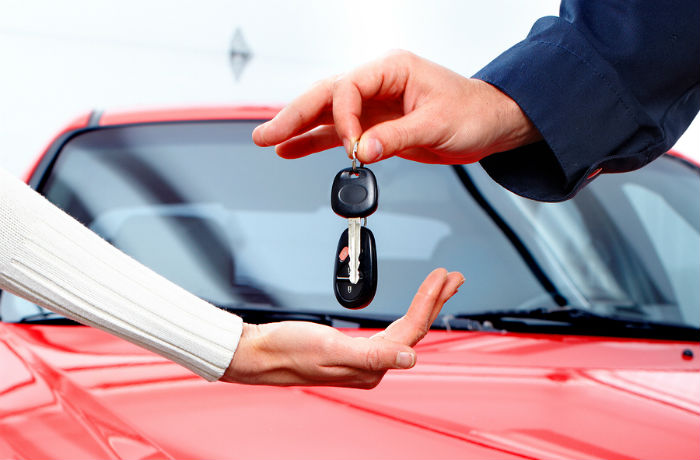

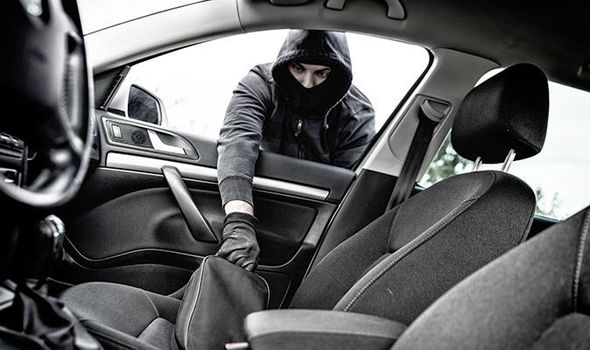
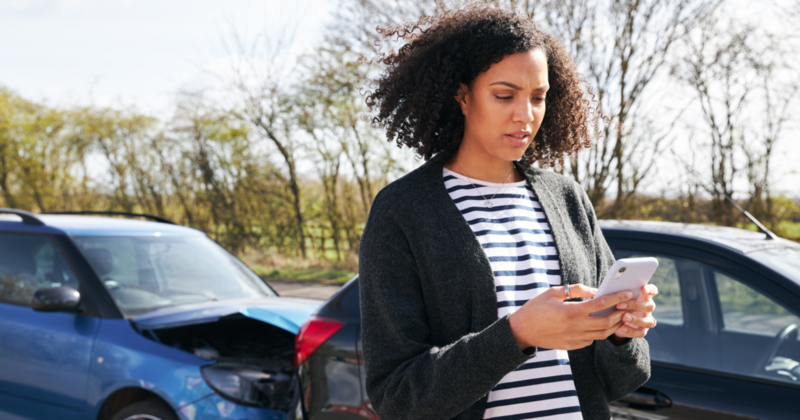

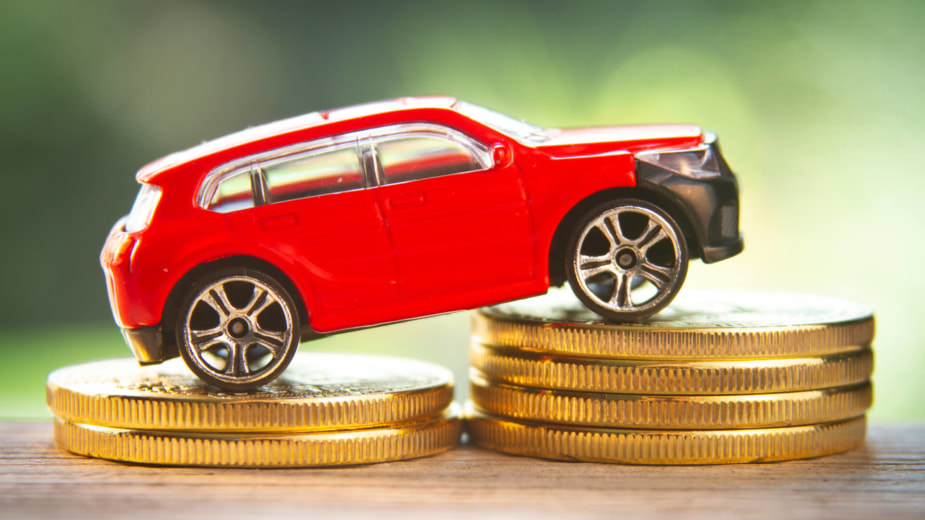
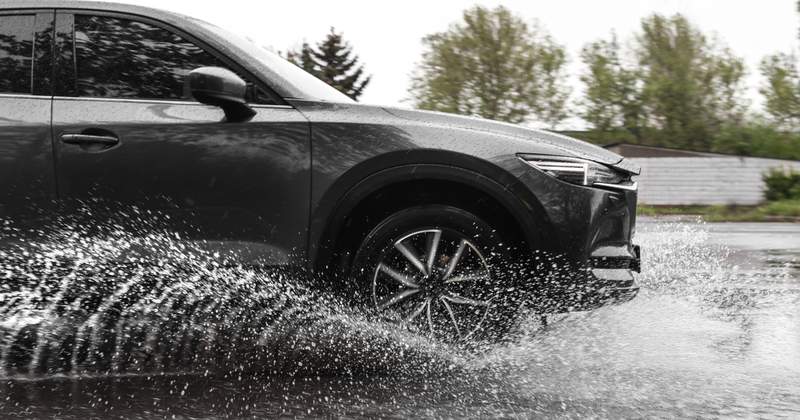
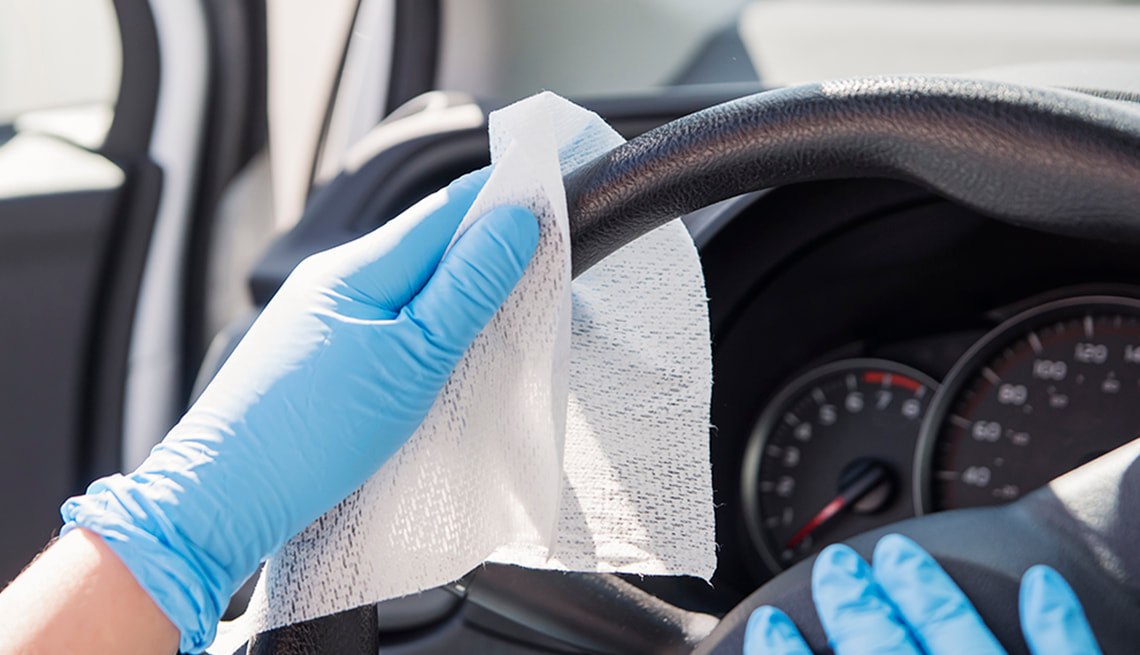

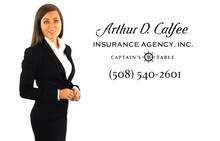



 RSS Feed
RSS Feed








